In today’s digital landscape, email marketing remains a cornerstone of effective customer engagement and business growth. As businesses seek to optimize their marketing strategies, the choice between email marketing platforms becomes crucial. Two prominent contenders in this space are Mailchimp and Brevo (formerly Sendinblue), each offering unique features and capabilities to cater to diverse business needs.
This article delves into a comprehensive comparison of Mailchimp and Brevo, examining their key features, pricing models, and user experiences. By exploring the strengths and weaknesses of each platform, we aim to provide you with valuable insights to make an informed decision for your email marketing needs. Whether you’re a small startup or a large enterprise, understanding the nuances of these platforms can significantly impact your marketing success.
Key Facts
- Mailchimp offers a free plan for up to 500 contacts, while Brevo provides a free plan with up to 9,000 emails per month.
- Mailchimp excels in advanced features and integrations, whereas Brevo offers more flexible pricing and robust CRM functionalities.
- Both platforms provide automation capabilities, but Brevo offers more advanced options on lower-tier plans.
Navigating the Email Marketing Landscape: Mailchimp vs Brevo
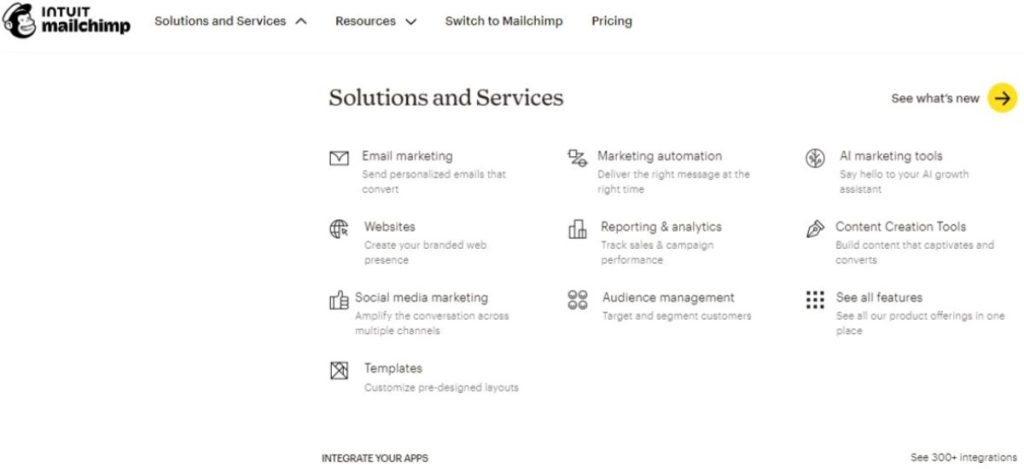
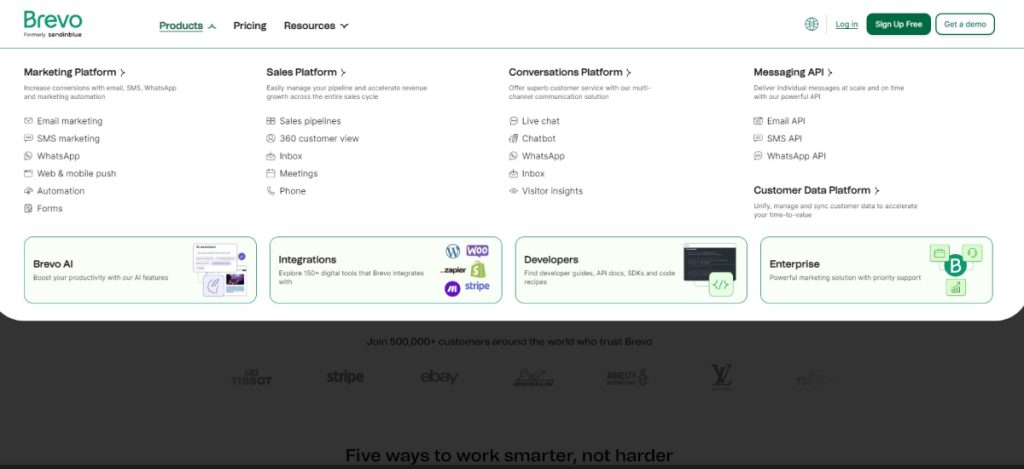
When it comes to email marketing platforms, Mailchimp and Brevo stand out as powerful contenders, each with its own set of strengths and unique offerings. Let’s dive into a detailed comparison of these two platforms, exploring their features, pricing, and overall user experience.
Pricing and Scalability
Mailchimp’s pricing structure is tiered, starting with a free plan that supports 500 contacts and 1,000 emails per month. Paid plans begin at $13/month, with more advanced features available on higher tiers. However, as your contact list grows, Mailchimp’s pricing can become quite steep.
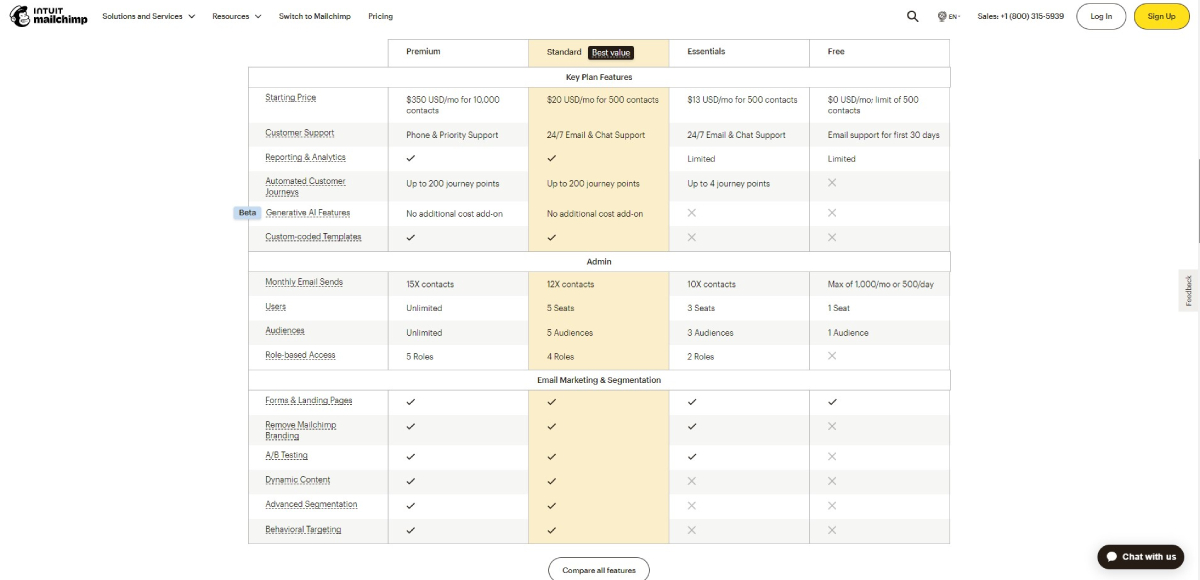
In contrast, Brevo offers a more flexible pricing model. Their free plan allows up to 9,000 emails per month (300 per day) with no limit on contacts. Paid plans start at $25/month and are generally more affordable for businesses with larger lists. This pricing structure makes Brevo an attractive option for growing businesses and startups looking for a scalable solution.
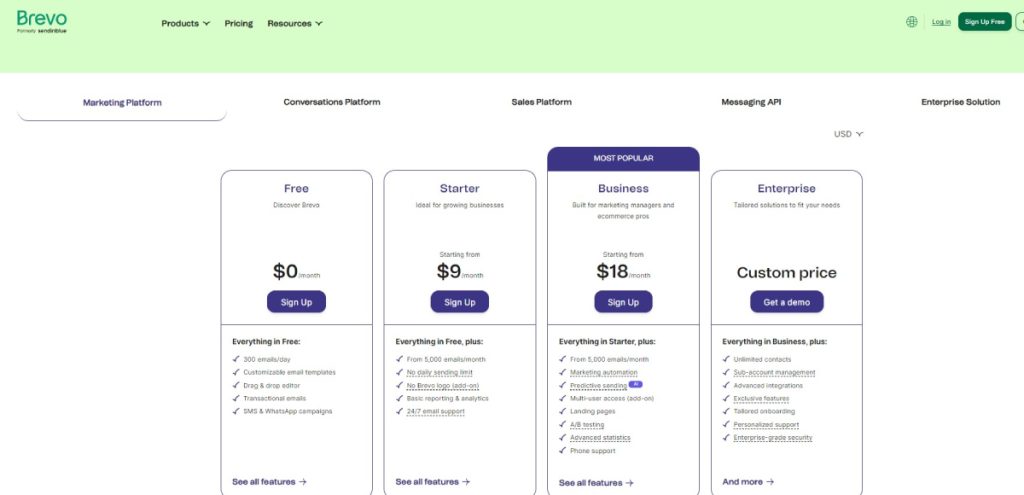
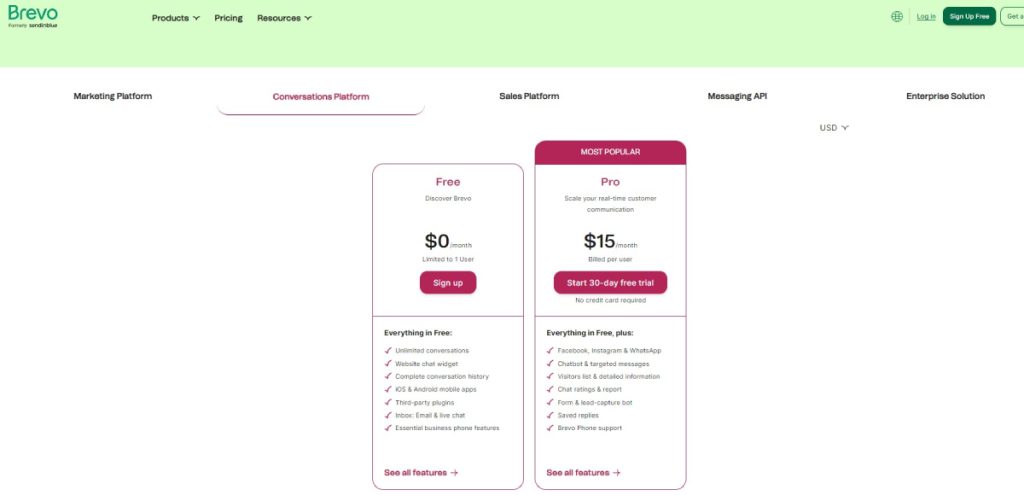
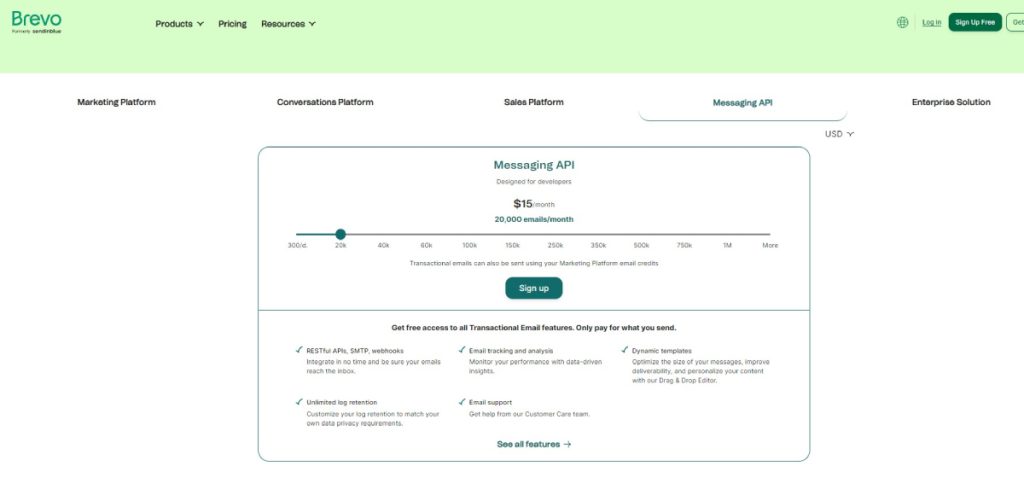
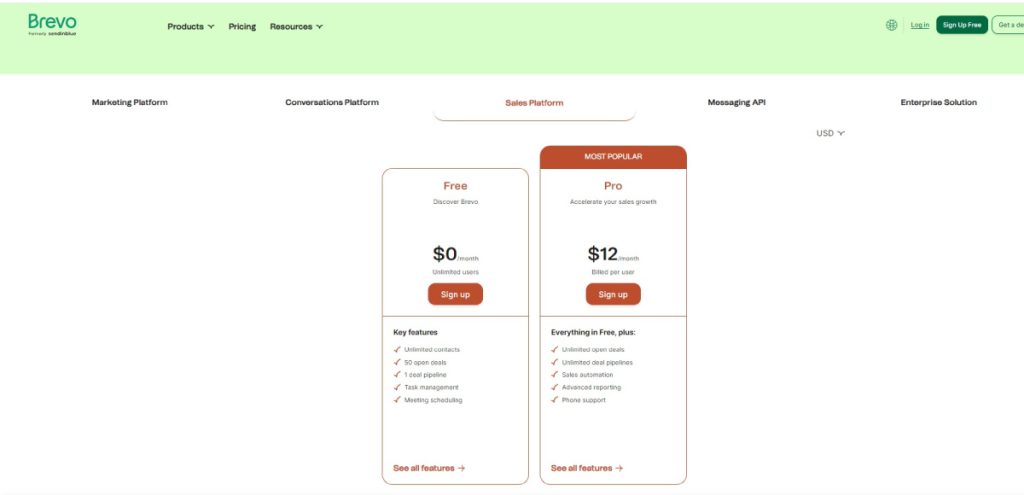
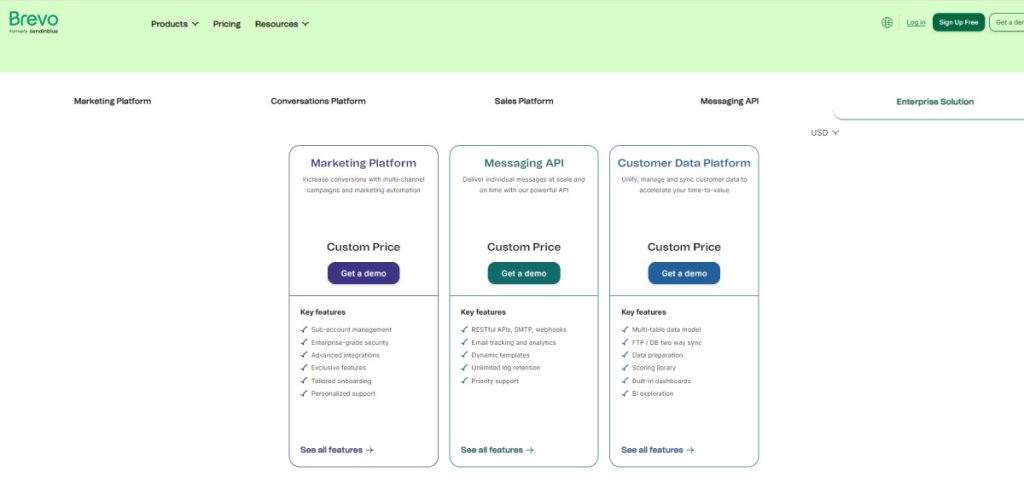
Email Building and Templates
Both platforms offer drag-and-drop email builders with customizable templates. Mailchimp boasts over 100 templates and an inspiration gallery, providing users with a wide range of design options. As noted by Mailchimp’s design team, “Our goal is to provide templates that are not only visually appealing but also highly customizable to fit any brand aesthetic.”
Brevo, while offering fewer templates, focuses on high customizability and ease of use. A Brevo product manager states, “We’ve designed our templates to be flexible and adaptable, ensuring that businesses of all sizes can create professional-looking emails without the need for extensive design skills.”
Automation and CRM Features
Mailchimp provides extensive automation options, including predictive sending and AI-powered content generation on premium plans. However, advanced workflows are typically restricted to higher-tier plans.
Brevo shines in this area, offering robust automation capabilities across all plans, including multichannel workflows and triggered emails based on user behavior. Additionally, Brevo includes a full-fledged CRM with detailed customer profiles, deal pipelines, and sales automation, making it a strong choice for businesses looking for an all-in-one solution.
Deliverability and Integrations
Mailchimp is renowned for its high deliverability rates, consistently scoring over 90%. It integrates with over 300 apps, including major e-commerce platforms and CRM systems.
Brevo also offers strong deliverability features, including dedicated IP addresses and authentication protocols. While it may have fewer direct integrations than Mailchimp, Brevo connects to over 1,000 apps via Zapier, providing ample flexibility for most businesses.
User Experience and Support
Both platforms are known for their user-friendly interfaces, catering to users with varying levels of technical expertise. Mailchimp offers 24/7 support via email and chat, with phone support available on higher plans. It also boasts a comprehensive knowledge base and an active user community.
Brevo provides 24/7 support via email, chat, and phone, with generally responsive service. While its user community is smaller than Mailchimp’s, it’s active and growing, offering valuable insights and support.
E-commerce Capabilities
Mailchimp excels in e-commerce integrations, offering features like product recommendations and cart abandonment emails. These tools are particularly valuable for online retailers looking to boost sales and recover lost revenue.
Brevo, while not as e-commerce-focused as Mailchimp, still offers robust features for online sellers, including transactional emails and SMS marketing capabilities.
Analytics and Reporting
Both platforms provide detailed analytics, but Mailchimp’s reporting tools are particularly comprehensive. They offer real-time reporting on opens, clicks, and conversion rates, along with benchmarks against industry standards.
Brevo’s analytics are also strong, with a focus on deliverability insights and engagement metrics. Their reports are designed to be easily digestible, helping businesses quickly identify areas for improvement.
Making the Right Choice
When deciding between Mailchimp and Brevo, consider your business size, budget, and specific needs. Mailchimp might be the better choice for businesses heavily focused on e-commerce or those requiring a wide range of integrations. On the other hand, Brevo could be ideal for growing businesses that need flexible pricing and robust automation features without breaking the bank.
Ultimately, both platforms offer powerful tools for email marketing success. By carefully evaluating your requirements and testing both options, you can find the perfect fit for your business’s email marketing strategy.
Innovative Solutions by Prism Reach
While Mailchimp and Brevo offer robust email marketing solutions, Prism Reach emerges as an innovative alternative that addresses some of the limitations of traditional platforms. Prism Reach leverages advanced AI technology to create a unique, hyper-personalized email marketing experience.
Unlike Mailchimp and Brevo, which primarily focus on segmentation and basic personalization, Prism Reach treats each subscriber as an individual. It creates multiple personalized emails tailored specifically for each subscriber, going beyond traditional mass email campaigns. This level of personalization can lead to significantly higher engagement rates and increased revenue for publishers, blogs, forums, and eCommerce businesses.
Prism Reach’s AI-powered user avatars and predictive analytics enable a perfect match between subscribers’ interests and content, something that neither Mailchimp nor Brevo currently offer to the same degree. Furthermore, Prism Reach’s automated campaign creation and delivery system ensures that each email is sent at the optimal time for individual subscribers, maximizing open rates and engagement.
For businesses looking to monetize their newsletters effectively, Prism Reach offers seamless integration of targeted advertising and premium sponsorship opportunities. This feature set makes Prism Reach an attractive option for publishers seeking to maximize their email marketing ROI while providing highly relevant content to their subscribers.
Upgrade Your Email Marketing with AI Personalization!
FAQ
Conclusion
In the battle of Mailchimp vs Brevo, both platforms offer compelling features for email marketing. Mailchimp stands out for its extensive template library, robust integrations, and high deliverability rates, making it a solid choice for businesses that prioritize design flexibility and wide-ranging app connections. Brevo, on the other hand, shines with its flexible pricing, advanced automation capabilities, and comprehensive CRM features, making it an excellent option for growing businesses and those seeking an all-in-one marketing solution.
However, for businesses looking to take their email marketing to the next level with AI-driven hyper-personalization, Prism Reach presents an innovative alternative. Its unique approach to individualized content delivery and advanced monetization options offers a glimpse into the future of email marketing.
Ultimately, the choice between these platforms will depend on your specific business needs, budget, and growth projections. By carefully considering the strengths and limitations of each platform, you can select the tool that best aligns with your email marketing goals and overall business strategy.
Citations
- Mailchimp. (n.d.). Email Marketing Software and Marketing Services. https://mailchimp.com/
- Brevo. (n.d.). Email Marketing Software & Marketing Automation Tools. https://www.brevo.com/